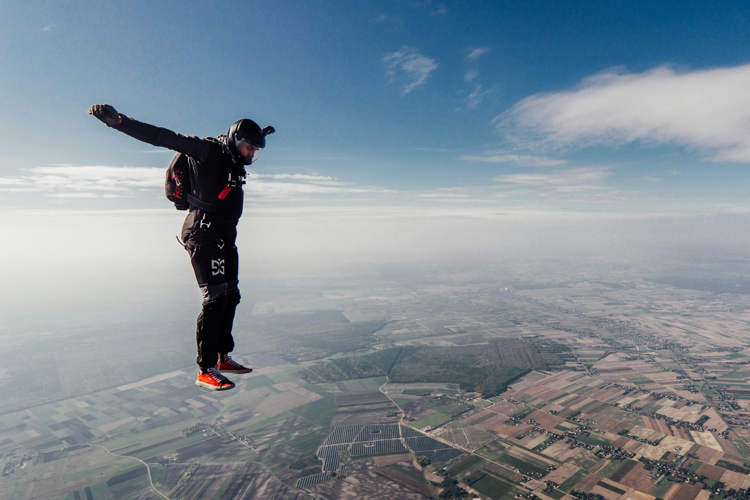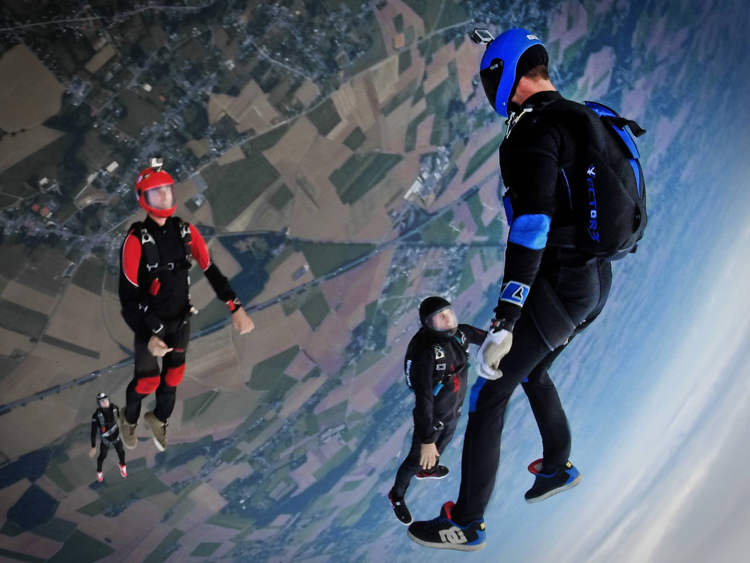Skydiver Drops iPhone from 14,000 Feet, Finds It Perfectly Intact

Apple recently received some free advertising from an iPhone 13 Pro Max user who dropped his handheld while skydiving at 14,000 feet, only to find it in perfect working order on the ground. Last month, Casey Flay, an engineer and skydiving enthusiast from Devon, in the UK, jumped out of an airplane at 14,000 feet […]
World’s Fastest Non-Motorized Sport Lets You Reach Speeds of Over 310 Mph

Speed skydiving is an extreme sport that requires practicians to jump out of an airplane and try to reach and maintain the highest possible terminal velocity. Invented in the late 1990s, speed skydiving is recognized as the fastest non-motorized sport on Earth. Competitions begin with skydivers jumping out of an airplane between 13,000ft and 14,000ft […]
Daredevil to Jump Out of an Airplane at 25,000 Feet without a Parachute
In his most insane stunt yet, professional skydiver Luke Aikins will jump out of an airplane flying at 25,000 feet without a parachute or wingsuit in an attempt to land on a special net designed to break his fall. No one has ever attempted anything like this. If he makes, it, Aikins will become a living […]
